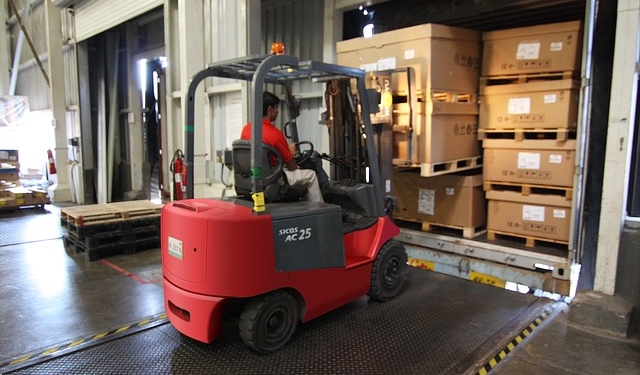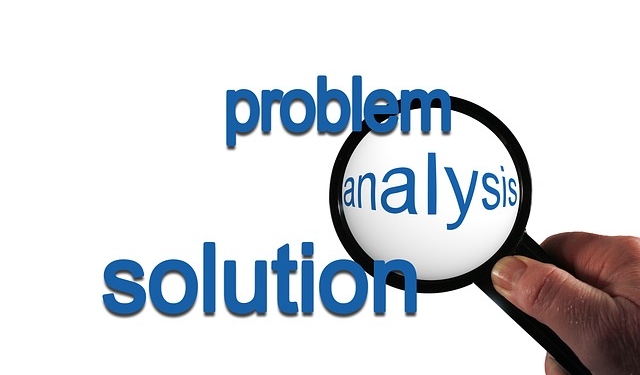How to Fine-Tune Pricing Tools for Sustainable Impact?
Companies are shifting from cutting costs to driving growth, and pricing is creating greater impact than ever before. But customer expectations, heightened competition, and commoditization have companies asking: What’s the best path forward?
The Emergence of Pricing as a Core Capability
Pricing is a powerful lever for driving profits, and yet enormous disparities exist across companies when it comes to pricing capabilities. What’s clear is that companies that seek new ways to enhance their pricing practices realize greater revenue growth and advantage. It all starts with deep insight and a broad perspective.Know the Game
You can’t play the game unless you know the rules, but—when it comes to pricing—the rules you are following might be wrong. Here are four common pricing myths.
When people talk about pricing strategies, often the assumption is that there is a single pricing strategy that is right for every company. The fact is that pricing against the competition differs entirely from pricing to launch a new product or to penetrate a new market. You need the right strategy for the game you’re playing, considering the full context of customer value, competition, and your own economic factors.
The Most Pervasive Myths About Pricing
What are the most prevalent myths that are holding companies back from realizing the full potential of pricing?
MYTH: The market sets the price, I have no control.
REALITY: Most companies believe in Adam Smith’s “invisible hand”—that competitors and customers compare prices and a single price emerges. In reality, prices within a single company can differ by a range of 50-75%—and sometimes by even 300% or more.
While the “market price” is a myth, visualization tools can reveal just how diverse pricing can be—and where companies may be missing opportunities to discount effectively, drive consistency, and capture greater value.
MYTH: Shrinking volume means lowering prices; growth means raising prices.
REALITY: Fluctuations in volume may not have anything to do with the price and more to do with other factors. In fact, you can still raise prices and realize profits, despite shrinking volumes. The media industry is a great example. Though print has been in a steady decline, customers that continue to purchase newspapers perceive the value of the product to be greater than what they pay, enabling publishers to increase newsstand prices without negatively impacting volume.
MYTH: Simple, across-the-board price changes are easy and fair.
REALITY: By oversimplifying pricing strategies, companies can miss opportunities and sometimes create bigger problems. In any business portfolio, the customer’s willingness to pay can vary significantly—from product to product and from one customer segment to another—and across-the-board price changes may harm as many products as it helps. That’s why in these types of decisions, a de-averaged approach to pricing is the most successful.
MYTH: My sales force should set the prices because they understand the customers and really know best what prices the market can bear.
REALITY: While the sales function has a significant amount of customer insight, pricing shouldn’t be based on this perspective alone. There is a wealth of data, including market and competitor activity, that should play a significant role in pricing decisions.
When pricing is centralized, companies can bring together data from across the organization—including finance teams, business units and sales—to inform their pricing strategy and create guidelines for sales to use in the field. As a result, companies realize more consistent pricing, and a greater impact on the business.












